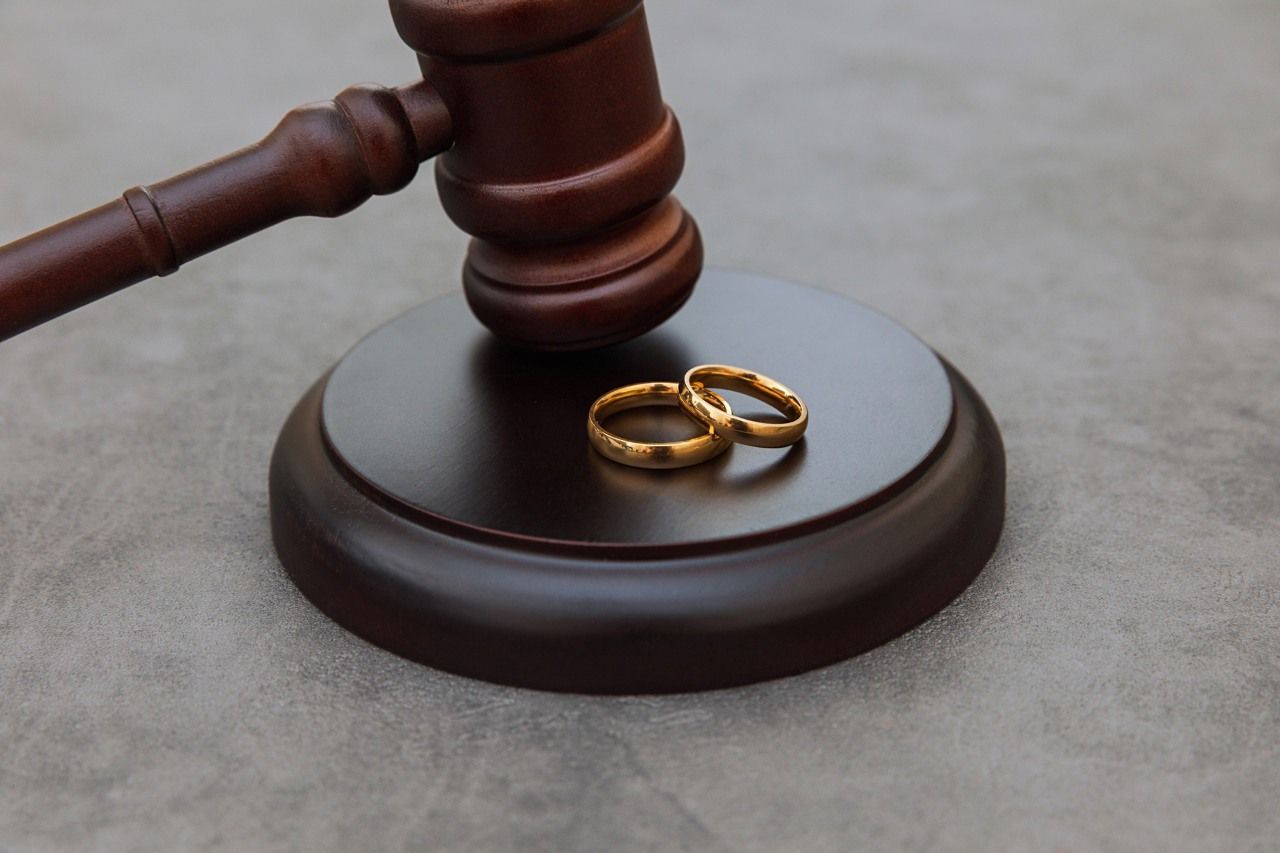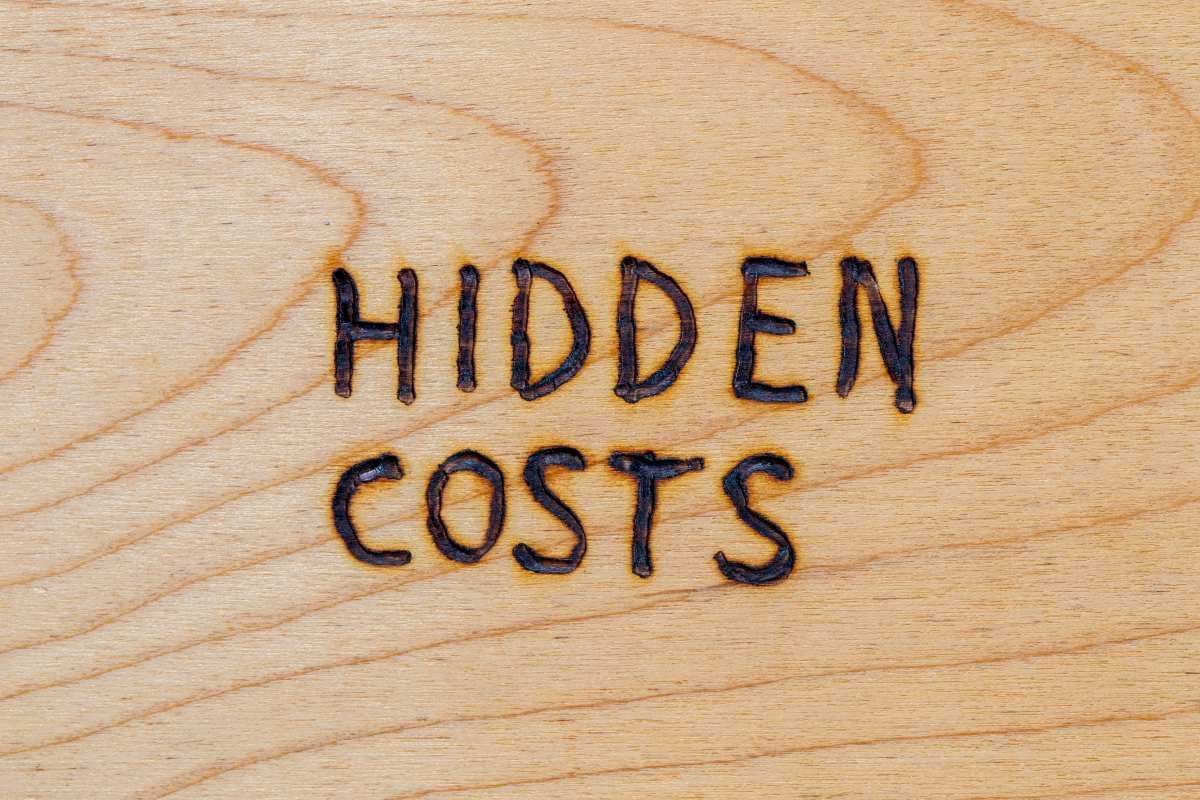Clean Break Divorce: What You Need To Know

In the world of family law, there’s often confusion around the term clean break divorce. It’s not an automatic outcome of divorce itself. Instead, it's a specific kind of financial settlement. One that, when approved by the court, cuts financial ties between former spouses entirely.
A clean break means that, once the divorce is finalised, and the court order in place, neither party can make future financial claims against the other. This includes claims for income, pensions, property, or inheritance. It is, essentially, the legal equivalent of closing the book.
Without a clean break order, financial ties may linger long after the divorce itself is over. And in some cases, years down the line, an ex-spouse could still come back with a claim.
Why a Clean Break Order After Divorce Matters
Let’s say you divorce in your thirties. Ten years later, you win the lottery, or build a successful business. If no clean break order was put in place during the original divorce, your ex could potentially make a claim against your assets.
That may sound dramatic, but it’s not just theoretical. The courts have seen cases where ex-partners made claims decades later – and succeeded.
The clean break order is designed to avoid exactly that. It provides peace of mind, certainty, and finality. For many, especially those hoping to rebuild financially or emotionally, that clean slate matters more than they anticipated.
What Can Be Included in a Clean Break Order?
A clean break order applies to financial matters only – it doesn’t cover arrangements for children (those are dealt with separately). But it can include:
- Division or sale of property
- Pension sharing
- Payment of a lump sum
- Agreement that neither party will make further financial claims
It’s also possible to have a delayed clean break. For instance, if one party needs ongoing maintenance for a short period (say, while retraining), a clean break can still be set up to come into effect after that period ends.
How To Get A Clean Break Divorce
It starts with the financial agreement. Both parties must agree to the division of finances, assets, and liabilities. Then, this agreement is formalised into a consent order – the document the court will review.
If both parties agree and the order is fair, the court is likely to approve it. But the key is making sure it’s comprehensive. Any gaps, oversights, or vague clauses may open the door for future disputes.
Here’s the general process:
- Negotiate the financial agreement – either independently, through mediation, or with solicitor support
- Draft the consent order – typically done by a solicitor to ensure legal accuracy
- Submit the consent order to court, along with a Statement of Information for a Consent Order (Form D81)
- Await approval. If the judge is satisfied it’s fair, they will seal the order, making it legally binding
Once approved, that’s it. Your financial relationship ends. No comeback, no surprises. That’s the clean break.
Do You Always Need a Clean Break Order?
No – not always. But we’d argue that in almost all cases, it’s wise to have one. Even if you don’t have many assets at the time of divorce, circumstances can change. A clean break future-proofs you.
We sometimes hear, “But we trust each other. We’d never go back on this.” And maybe that’s true. But divorce is already proof that relationships, and intentions, can shift. Financial security shouldn’t rely on goodwill.
If you're on good terms, a clean break makes it easier to stay that way. It removes the risk of future misunderstandings or financial entanglements.
What Happens If There’s No Clean Break?

Without one, financial claims can remain open indefinitely. That includes claims for spousal maintenance, property, pensions, or lump sums. The only real limit is remarriage – which blocks you from making certain types of financial claims.
But unless and until that happens, an ex could (and sometimes does) apply for more. Even decades later.
So while it might feel like paperwork now, it’s really about locking the door behind you – and moving forward without looking over your shoulder.
Common Misconceptions About Clean Break Divorce
“It happens automatically with the divorce.”
It doesn’t. You need to apply for a clean break through the court. If you skip this step, the financial ties remain.
“We’ve got nothing to divide, so we don’t need it.”
That may be true now. But the clean break protects your future, not just your present.
“I don’t need legal advice – we’ve agreed everything.”
DIY agreements often miss critical details. It’s not about mistrust; it’s about ensuring it stands up in court and covers all angles.
How Much Does a Clean Break Order Cost?
Fees vary, especially depending on whether you're using solicitors or going the DIY route. There is a small court fee for submitting a consent order, but that’s only part of the picture.
If you're getting legal help – and we recommend you do – solicitor fees will vary based on complexity. But remember, the cost of not having one could be significantly higher in the long run.
If affordability is a concern, you might want to read our guide on how to afford living alone after having a divorce. It covers financial planning and support options for moving forward.
Do You Need a Lawyer for a Clean Break Divorce?
You don’t have to have one. But clean break orders require careful drafting. A poorly written order may not be upheld by the court – or worse, may leave room for future claims.
Solicitors will ensure that:
- The order is fair, thorough, and valid in law
- Your interests are protected
- The agreement reflects reality (e.g. accounting for pensions or debts correctly)
If you’re ending a marriage and want to move forward with confidence, it’s worth seeking legal assistance for ending a marriage from a specialist.
Final Thoughts
Clean break divorce isn’t suitable for everyone. But for many, it offers clarity, closure, and freedom – a chance to rebuild with no lingering obligations or surprises. In a time that can feel uncertain, it provides legal and emotional certainty.












